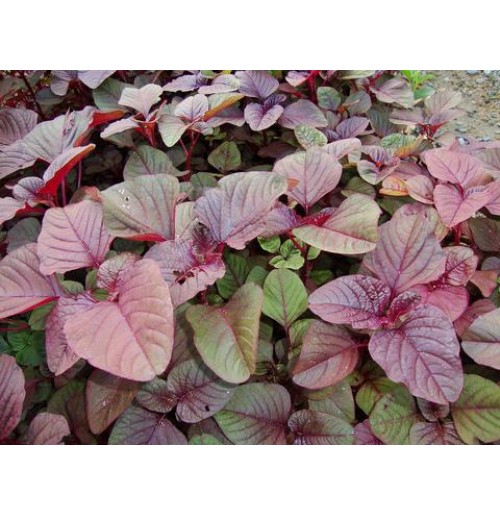go ahead, we are taking orders for this THU / FRI delivery !!!. || Click here to opt for ZEN and avoid Minimum Order
- my shopping list -->
-
-
Cart Details
your shopping cart is empty!
Clear cart!
Oopss, are you sure you want to move away from this page... You were in the middle of editing an existing order, and may want to complete the transaction by hitting the checkout button
Checkout
Clear Cart
Delivery Charge Addition
Since your modified order is below Rs 1000, a delivery charge of Rs 30 will be added to service the order
Thank you!
Continue Checkout
Close
Minimum Order not met!
We service orders above Rs. 5. Please add more produce to the cart for us to process your order.
Alternatively you can save this order for later.
Thank you!
Continue Shopping
Express Delivery!
Please login to view the express category Products
Close
 Wallet 0
Wallet 0
0
Oopss, are you sure you want to move away from this page... You were in the middle of editing an existing order, and may want to complete the transaction by hitting the checkout button
Move away
Continue Shopping

Amaranthus (thandu) Red
-
Rs29
Qty :
Out Of Stock
Notify Me
Notify Me
In India, mostly the red variety of Amaranth leaves are used in cooking. It is usually prepared by sautéing the Amaranth leaves a few spices, garlic and onion. It is known as lal saag or chaulai saag.Sometimes, it is also cooked with lentils and served alongside rice or roti. This dish is known as dal saag.
In Andhra Pradesh, it is prepared with moong dal or toor dal and known as thotakura pappu. Another variation is done where a sort of curry is made with Amaranth leaves and gram flour. In Kerala, a dish called cheera thoran is prepared. It is made by finely chopping the amaranth leaves and then sautéing them with grated coconut, chilies, curry leaves, and certain spices.
In Tamil Nadu, it is known as keerai masial and served with steamed rice.
Fresh, tender leaves and shoots of Amaranth can be eaten raw in salads or as juice. In the mainland of China, Amaranth is known as yin-tsai. It is used in various soups and stir fries.
Benefits
- Amaranth leaves are a storehouse of essential phytonutrients and antioxidants which help to reduce inflammation in the body and provide an extra boost of nutrition to one’s health.
- Amaranth leaves are rich in soluble and insoluble fibre that has many benefits. Eating fibre helps us to reduce our weight and wards off heart disease as it lowers the cholesterol in the blood.
- These leafy greens are rich in vitamin C. having 100gms of the leaves will meet 70% of your daily requirement for vitamin C.
- Amaranth leaves are rich in vitamin A and a cup can meet 97% of your daily need for this antioxidative vitamin.
- Amongst all the green leafy vegetables, across the board amaranth leaves have the highest quantity of vitamin K. This vitamin is needed for good bone health and also plays an important role in blood clotting.
- Amaranth leaves are rich in calcium and thus are beneficial for those who are suffering from osteoporosis and other bone health problems related to deficiency of calcium
